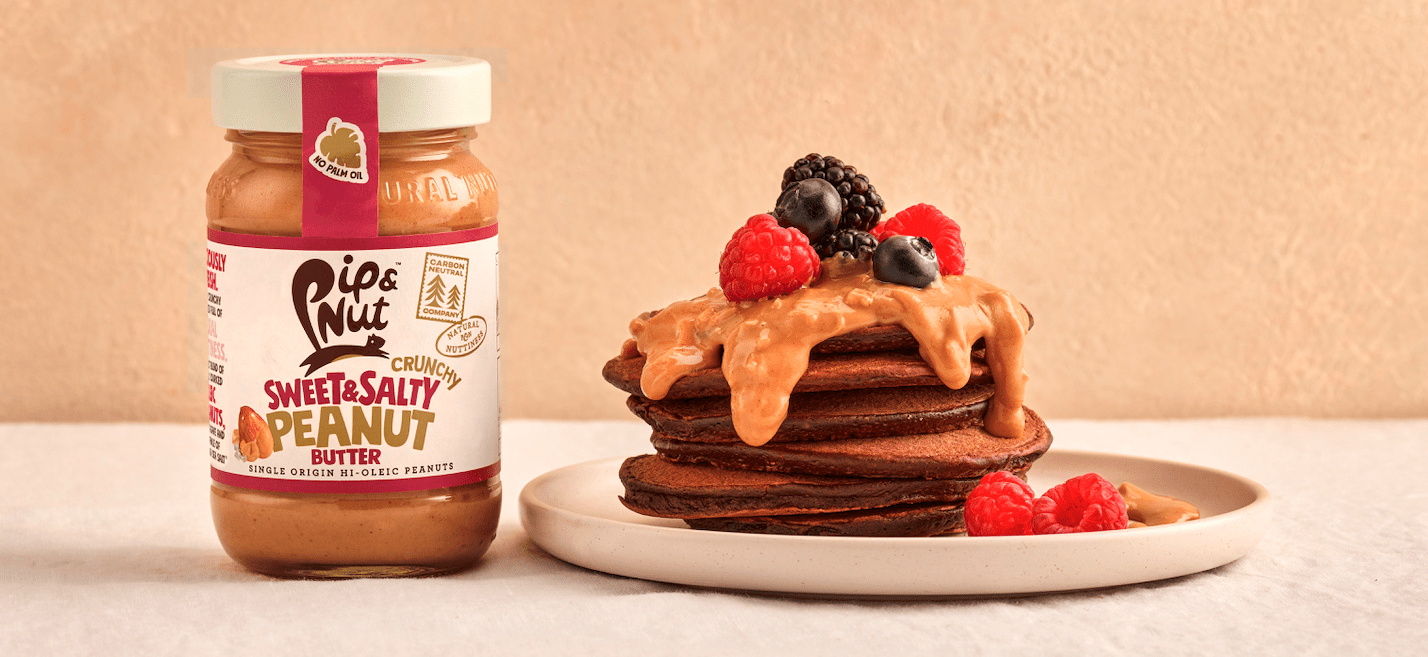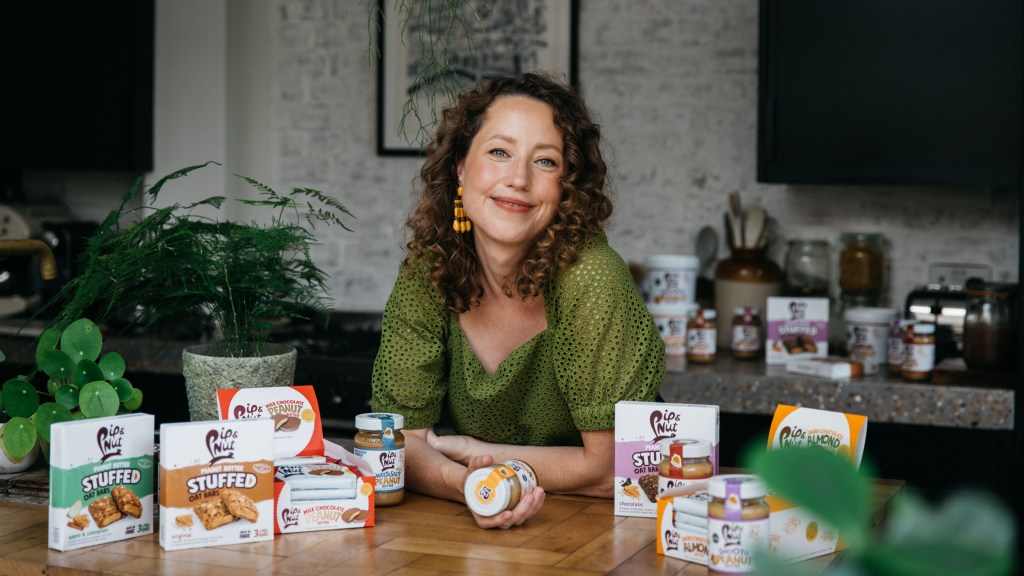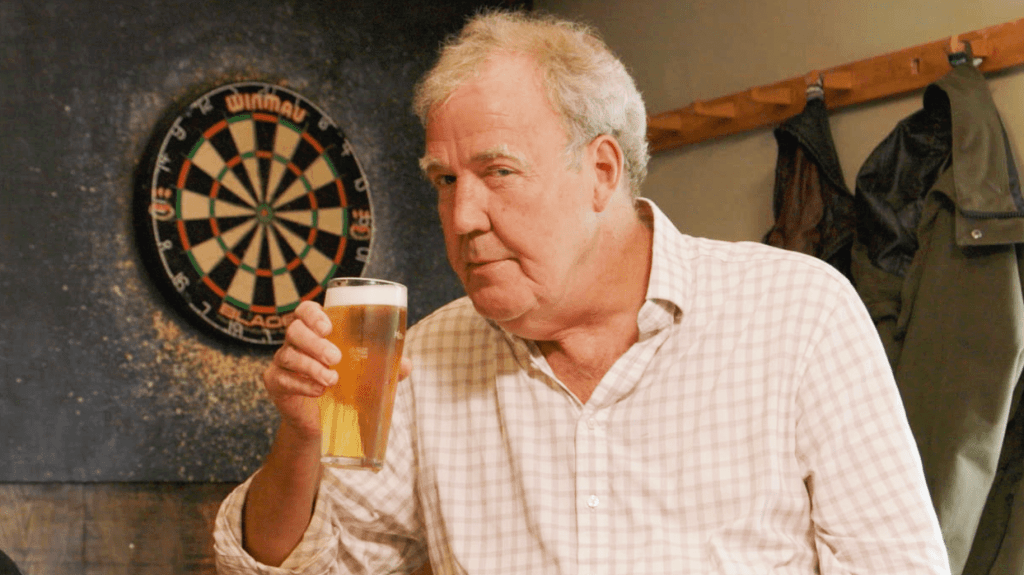Lessons Learned from Crafting a 75-Page Business Plan
Pip Murray, aged 36, is the founder and CEO of Pip & Nut, a nut butter company she launched in 2013. She anticipates sales to reach £24 million this year. The brand’s UK-produced spreads and snacks are available at major retailers such as Sainsbury’s, Tesco, and Waitrose, with a workforce of 35 based in their Shoreditch office in east London. Murray is the primary shareholder, followed by Giles Brook, a seasoned entrepreneur and investor.
Writing the business plan spanned 75 pages, completed during my days off from a part-time role at the Science Museum, where I worked as a theatre producer.
I distinctly remember searching online for what a business plan entails, as I had no prior knowledge, and I stumbled upon several outdated templates.
Since I lacked experience in the food sector, I aimed to establish some form of credibility. There’s definitely a drive to structure your ideas and communicate something not yet realized. By drafting a business plan, it felt as though I was doing my due diligence, confirming the viability of my concept to myself and those around me.
My Business Plan Targeted Investors
Looking back, it’s amusing to think that no investor would truly engage with a 75-page document. However, the administrator from the Start-Up Loan organization did read it, leading to a successful £10,000 loan approval.
The six-month duration of the writing process was, in part, due to my efforts in generating financial forecasts, which seemed almost comical given that I hadn’t sold a single jar yet.
I was fabricating figures for what I believed the business could achieve over three years. Some sales predictions turned out to be fairly accurate, but the same couldn’t be said about the projected profit margins.

At 24, I Began Exploring the Idea of Pip & Nut
Before venturing into theatre production, I studied anthropology and geography at university, giving me little knowledge of the food industry or business practices.
I was unfamiliar with terms like P&L [profit and loss] or FMCG [fast-moving consumer goods], and support for start-ups was quite limited at that time, often lacking industry-specific guidance.
Once I secured the Start-Up Loan, my 75-page business plan became irrelevant as I jumped headfirst into establishing the business, focusing on product development and factory sourcing.
The Next ‘Business Plan’ Was for a Crowdcube Campaign
This subsequent plan adopted a different tone altogether. It required insights regarding market size and opportunities, descriptions of our product, and marketing strategies. The format was less formal and included a video presentation.
Subsequently, we pitched to professional investors for the first time, at which point we could present a proven history, transitioning from a hypothetical narrative to documented achievements.
It’s essential to make it impactful; we live in an age of fleeting attention spans, and lengthy documents are often ignored. The focus must be on the critical issues we aim to solve for our customers.
Today, We Use a Simple One-Pager
This document outlines our purpose, a three-year vision, primary goals, and four to five key objectives to guide us.
Currently, we aim to expand our snacking line and reach a defined consumer base—one of our main targets for the next three years, with corresponding tactics to achieve this.
Our one-pager is straightforward and contains consistent messaging shared across the business, catering to both investors and employees. Anyone on our team should be able to easily enumerate the key objectives for the year. In our case, less truly is more.
Perfection Is Not Required
I firmly believe that while it’s important to strategize and create a plan, more emphasis should be placed on execution.

If I could speak to my younger self at age 24, I would suggest that if it can’t be summarized on one page, it likely indicates a lack of understanding of the business. Once condensed, the next step is to take action. Knowledge is best gained through practical experience, not merely by sitting behind a computer or poring over vague market reports.
Engaging directly with consumers provides invaluable insights into whether your idea and product resonate, more than creating an imagined consumer profile ever could.
Lastly, I advise reaching out to fellow entrepreneurs for insights into how they structure their plans, utilizing those as templates. Learning from others’ experiences is often a more efficient approach than endless Google searches or pursuing an MBA.
Pip Murray’s insights were shared with Hannah Prevett, deputy editor of The Times Enterprise Network.




Post Comment